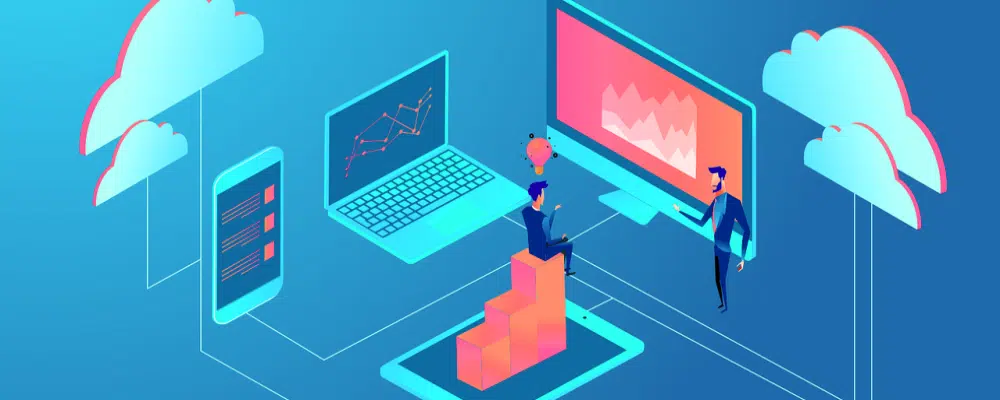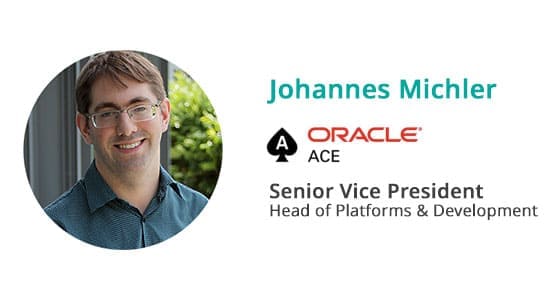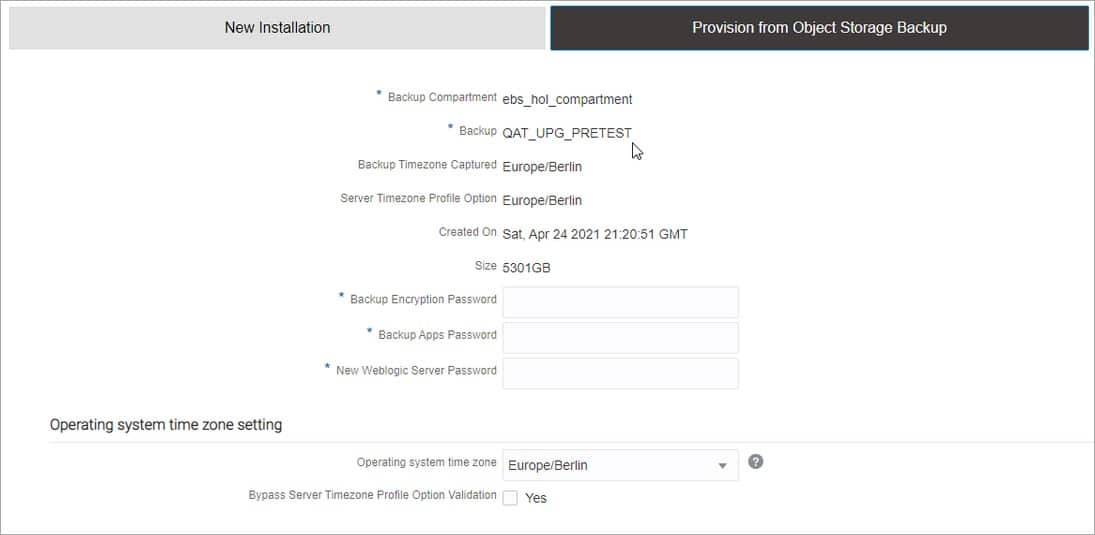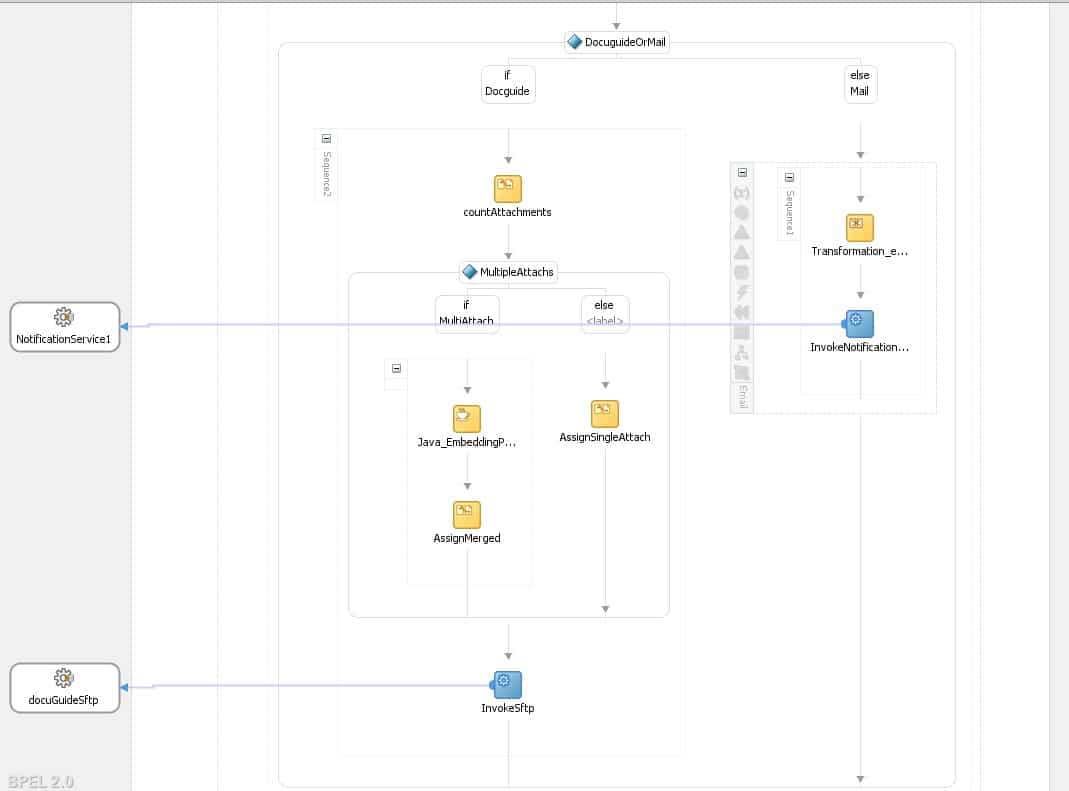A customer recently told me they would like to get away from having to print, envelope and post mark thousands of invoices manually every month. Even though we have changed their invoicing process to an electronic one for most of their customers years ago by sending out emails through Oracle SOA Suite, they still had a considerable amount of customers insisting on printed invoices delivered by post.
Let’s have a look at how we managed to get away with that paper.
Starting Point
The customer was producing his invoices using the Oracle ERP System Oracle E-Business Suite (EBS) running on OCI. For electronic invoices, EBS has for a long time passed on the invoice and eventually some more additional attachments further detailing the invoices to Oracle SOA Suite 12.2.1.4. Then an integration layer running on SOA Suite delivered the invoices to the customer by sending (in most cases) an email with one or multiple (PDF) attachments.
Customers not opting in for this electronic process got their invoice printed through a traditional E-business Suite concurrent program on a printer at the customer premises. From there, the invoice was eventually enriched with the necessary attachments, then put in an envelope and sent to the customer by post.
Docuguide
Since the process of sending, printing, enveloping and post marking paper is both a lot of work and expensive, the customer thought of outsourcing this task to Deutsche Post and its service docuguide/E-Post. They offer to print, put in an envelope and deliver/postmark a letter with a single page at 0,65€ which is far below the price for the stamp alone (0,80€).
The data can be transmitted to docuguide over various interfaces, e.g. by a special printer driver, but also using (s)ftp upload or a modern web service API (https://api.epost.docuguide.com/swagger/index.html#/Letter/LETTER_POST).
Implementation
The basic implementation was quite trivial: I modified the E-business Suite process to not only pass electronic invoices over to SOA Suite, but instead to pass everything along. Furthermore, we deactivated the printing of the invoices in EBS itself.
In the SOA Suite process, we then performed a simple “if” to send invoices that need to be delivered physically to docuguide. This can be done by using either the REST Web Service or the SFTP Adapter. Since Docuguide confirmed the traditional SFTP channel to be more flexible for now, we applied this approach for the time being:






